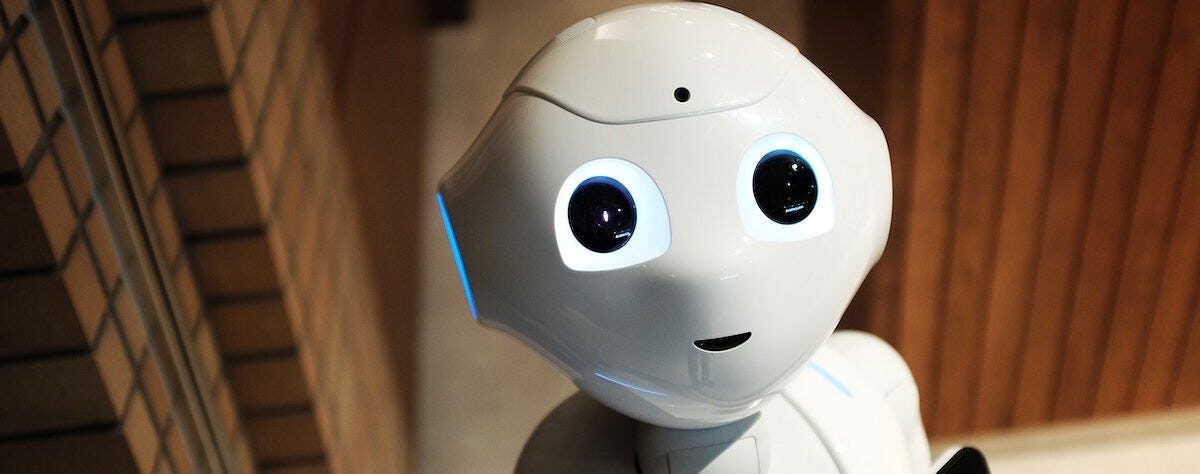My repository of thoughts on interesting ideas.
An AI Revolution in The Workforce

How Past Technology Has Changed the Market
By implementing task-based models, the hypothesis that arises is that digital technologies prior to AI could automate routine tasks–where knowledge can be codified–but struggle with nonroutine tasks (Autor et al. 2003). Routine tasks are concentrated in middle-paid occupations, while non-routine tasks are concentrated in low and high-paid occupations (Goos et al., 2014). Therefore, typical automation technologies polarize the job markets, reducing demand for middle-paid workers, a trend shown in (see Figure 1 ) (Goos et al., 2014).

How AI is Different from Previous Tech
AI’s ability to recognize patterns from a dataset may assist it in also automating non-routine tasks characterized by predicting outcomes, building judgment, and increasing optimization rate (Autor, 2022; Webb 2020). As such, the technology will be exposed to different occupations, particularly those with higher education and accumulated experience (Brynjolfsson et al., 2018; Webb, 2020).
Therefore, Webb finds that AI will have different implications than previous technological revolutions on labor demand, employment polarization, and inequality due to its potential to automate tasks in high-paid occupations. However, it is important to note that while most occupations have automatable tasks, few exposed occupations are fully automatable using AI (Brynjolfsson et al., 2018). Therefore, according to Brynjolfsson, Mitchell, and Rock, job task contents will have to be redesigned with only certain portions of tasks being reallocated to AI, such as high wage bills and highly measurable tasks with high SML. The remaining tasks will exhibit the productivity effect described by Acemoglu and Restrepo (2018).
The Effects
The impacts of job redesign and automation can already be observed across firms heavily exposed to AI. Such establishments have reduced hiring in non-AI positions and changed the skill requirements for non-AI vacancies (Acemoglu et al., 2022). Acemoglu, Autor, Hazell, and Restrepo suggest that AI is substituting humans in a subset of tasks, and for other tasks, there is an increased demand for labor familiar and skilled in AI.
However, beyond these establishment patterns, their work does not find any relationships between AI exposure and employment and wages at the occupation or industry level. Webb (2020) found similar ambiguous results on the impact of task automation on occupation demand. He argues that the underlying mechanism behind these results is unquantified “opposing forces.” Web shows that automation may decrease labor demand per unit of output. However, the reduction in the price of the occupation’s output might be significant enough to increase demand, offsetting the initial decrease in labor demand.
Moreover, since new technological change is a significant factor in new task creation, it is important to consider the relationship between labor reinstatement in new tasks and task automation, which serve as another set of opposing forces (Acemoglu & Restrepo, 2018; Autor, 2022). As such, Acemoglu and Restrepo (2018) find it difficult to predict the exact effect of AI on labor demand but do believe that neither the alarmist nor optimistic predictions are entirely accurate.
The Way Forward
Despite this uncertainty, it is likely certain workers will benefit from AI more than others. Those skilled in AI and software as well as particular forms of cognitive, abstract, and interpersonal reasoning may have increased demand and wages (Felten et al., 2019; Choudhury et al., 2019; Autor, 2022). Therefore, policymakers should prioritize reskilling programs to equip the workforce with the necessary skills to thrive in the changing technological landscape.




[…] you haven’t already, please check out part 1 of this series before reading this […]
[…] you haven’t already, please check out part 1 and part 2 of this series before reading this […]
[…] you haven’t already, please check out part 1, part 2, and part 3 of this series before reading this […]